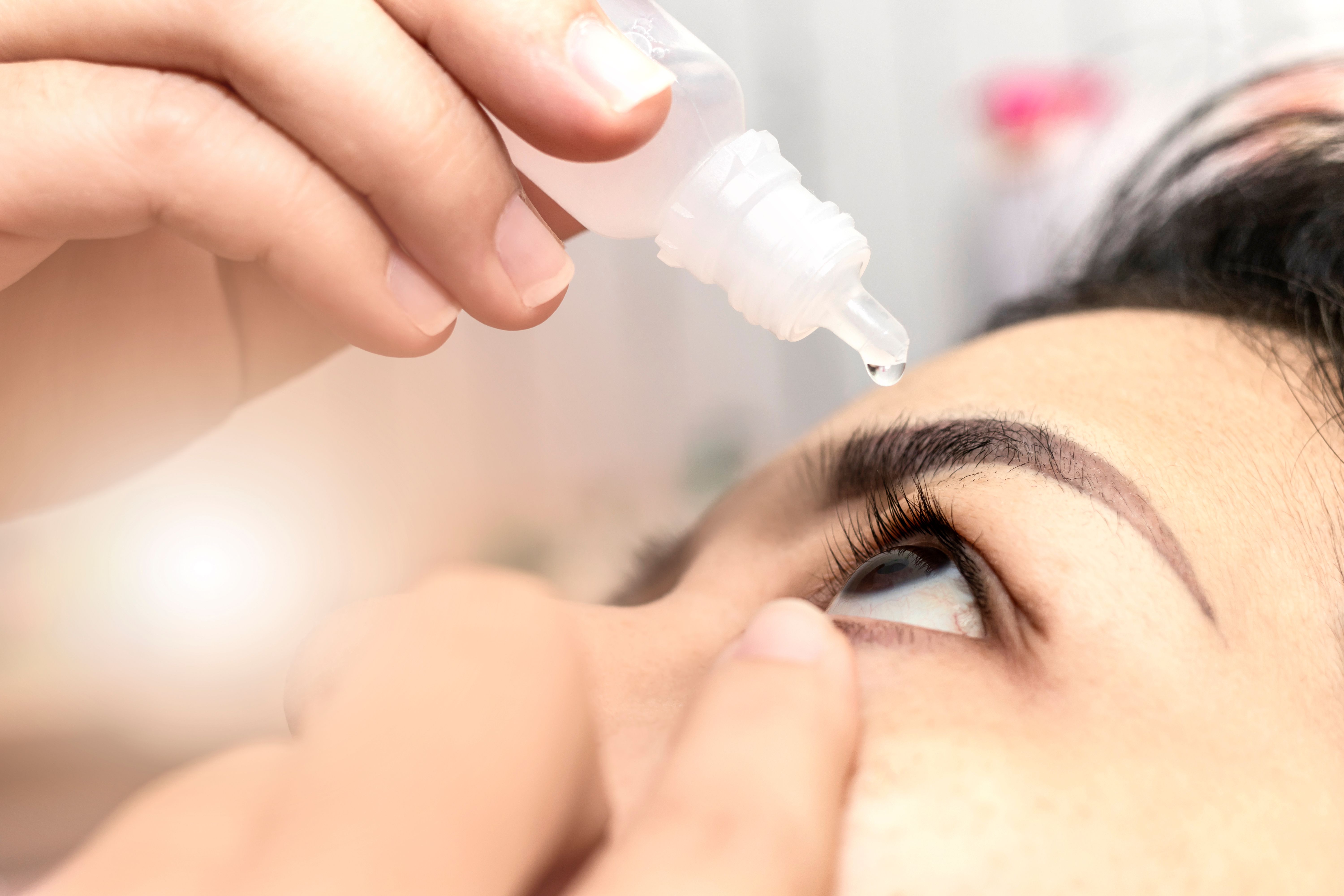Article
Clinically Meaningful DED Subtypes Differ in Demographics, Symptoms, Signs
Author(s):
A study found that dry eye disease (DED) can be separated into 5 subtypes, all of which differed significantly.
There were significant differences in demographics, symptoms, signs, and systemic disease associations among 5 subtypes of dry eye disease (DED), according to a study published in Translational Vision Science & Technology.
DED is a chronic, inflammatory, multifactorial disease of the tears and the ocular surface that is usually classified as aqueous tear deficient or evaporative. However, these classifications can be blurred, as many patients can have components of both aqueous tear deficient and evaporative DED. The researchers believed that better DED subtypes could help management. The current study aimed to characterize subtypes of symptomatic DED and to evaluate if omega-3 response differed among the subtypes.
Their's was a secondary analysis of data from the DREAM study, which took place from 2014 to 2016 in the United States. Patients were randomized and received either omega-3 fatty acid or placebo supplements for 12 months. Participants were eligible for DREAM if they were 18 years and older, had a score on the Ocular Surface Disease Index (OSDI) of at least 25 to 80 at the screening visit and 21 to 80 at the baseline visit, and had at least 2 of the 4 criteria for DED signs in the same eye at screening and baseline visits.
All participants had a comprehensive evaluation of DED symptoms, with symptoms and signs measured at a screening visit, baseline eligibility-confirmation visit, 6-month visit, and 12-month visit. An OSDI score was determined with a 12-item questionnaire and scores that ranged from 0 to 100, with higher scores indicating greater symptom severity. DED signs were measured per eye. Tear film break up time (TBUT) measured time from blink to the appearance of gaps in the tear film and was used during the evaluation.
Corneal and conjunctival staining was assessed with the National Eye Institute scale. Meibomian gland dysfunction (MGD) was evaluated for plugging and lid secretion. A composite severity score for the 5 DED signs was calculated with an adapted method from previous studies, and the composite signs severity score was calculated by using the mean of the severity scores of the 5 independent signs per eye.
There were 5 subtypes of DED that were identified through consultations with dry eye specialists. The 5 subtypes differed in sex, race, OSDI, TBUT, corneal staining, conjunctival staining, MGD, and composite dry eye signs of severity.
There were 535 patients grouped by DED subtypes. Subtype 1 (89 patients) had the most severe DED signs, but milder OSDI. Subtype 2 (42 patients) had the mildest DED signs except for MGD. Subtype 3 (119 patients) had significantly higher OSDI compared with the 4 other subtypes. Subtype 4 (210 patients) had relatively milder MGD and OSDI. Subtype 5 (75 patients) had the most severe MGD and TBUT.
There were significant difference in the prevalence of the 3 systemic diseases (Sjogren syndrome [SS], rosacea, and peripheral artery disease) in the 5 subtypes. Subtype 1 had the highest prevalence of SS (21.3%) vs subtype 2 (2.4%). Subtype 5 had the highest prevalence of rosacea (29.3%) and subtype 2 the lowest (11.9%). Subtypes 1 and 5 had the highest prevalence of peripheral artery disease (14.6% and 14.7%, respectively) whereas subtype 2 had the lowest (2.4%).
In the experiment determining whether omega-3 was effective in improving DED, the researchers found that the differences between the omega-3 and the placebo groups were not significant across all 5 subtypes of DED in any symptoms or signs.
There were some limitations to this study. DED is a heterogeneous condition that is still poorly understood when it comes to the full spectrum of subtypes. In addition, classification of DED is very coarse as it exists currently, despite DED encompassing a more heterogeneous mixture than is captured in current classifications.
The researchers concluded that 5 subtypes of DED were identified and differed by sex, race, severity of DED symptoms and signs, and systemic disease associations.
Reference
Yu K, Asbell PA, Shtein RM, Ying GS. Dry eye subtypes in the dry eye assessment and management (DREAM) study: a latent profile analysis. Transl Vis Sci Technol. 2022;11(11):13. doi:10.1167/tvst.11.11.13

Dry Eye Symptom Frequency, Severity Reduced When Using Perfluorohexyloctane




